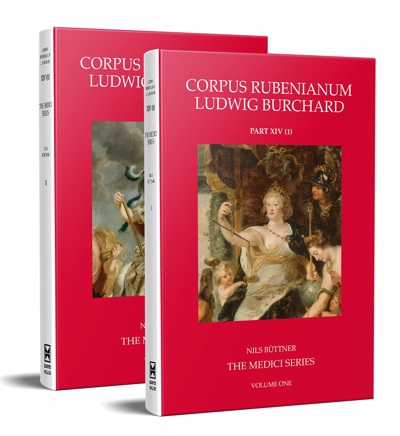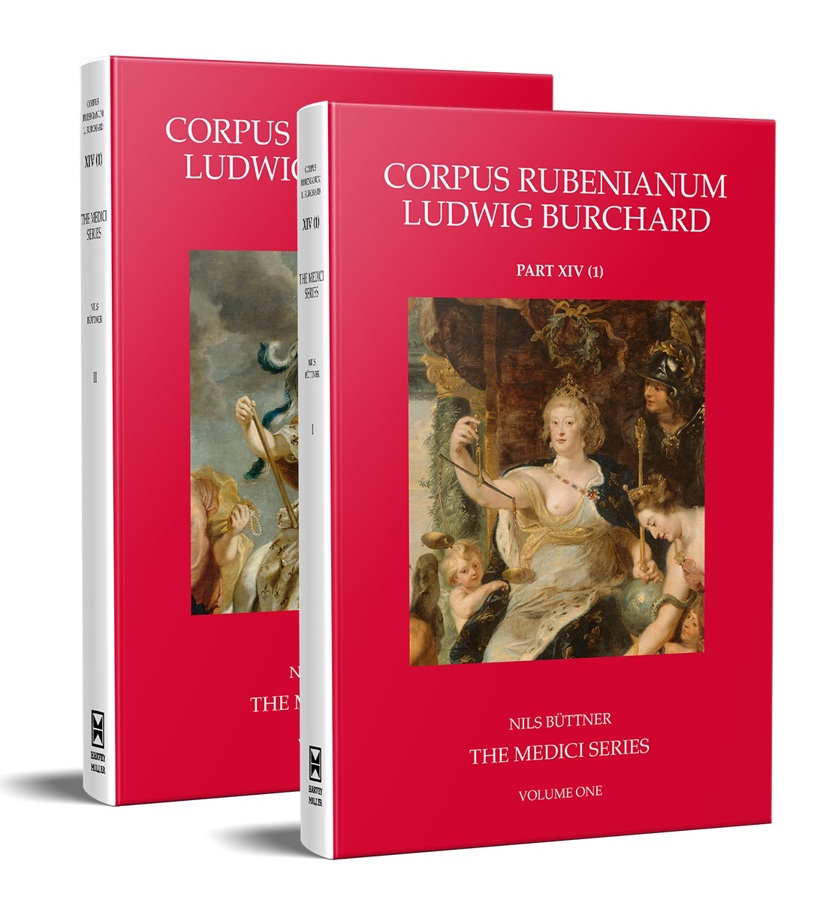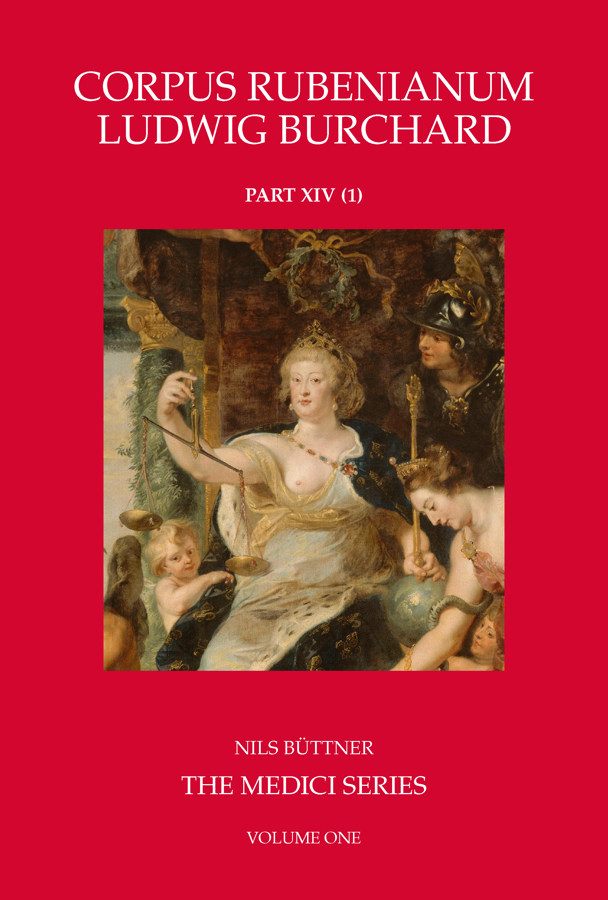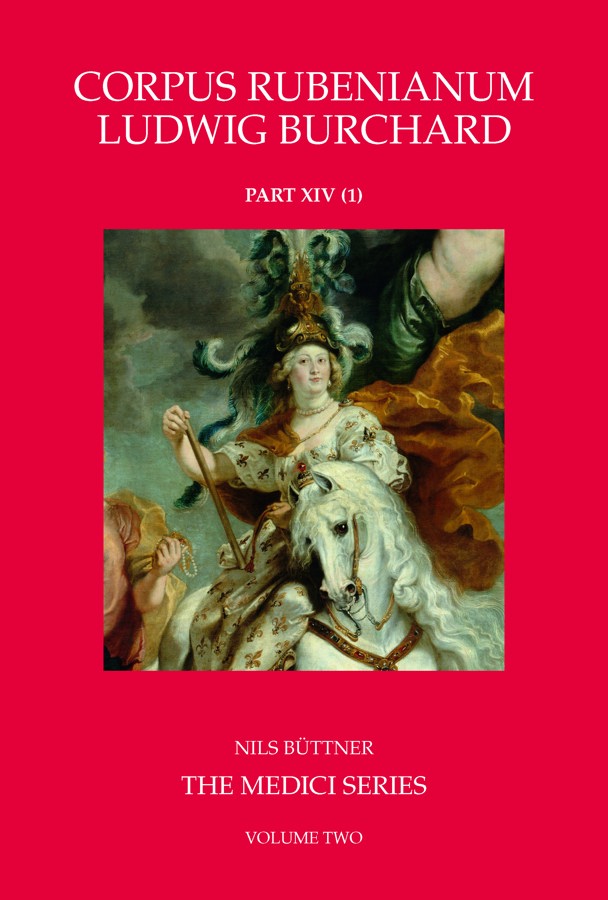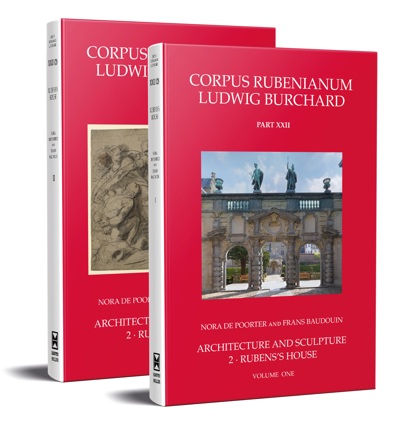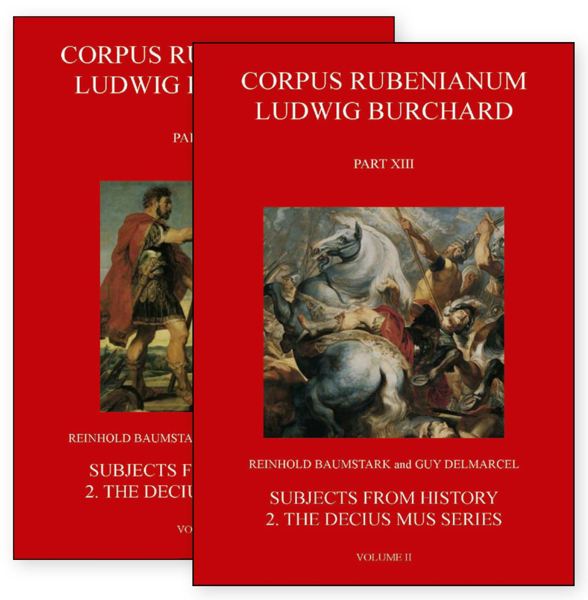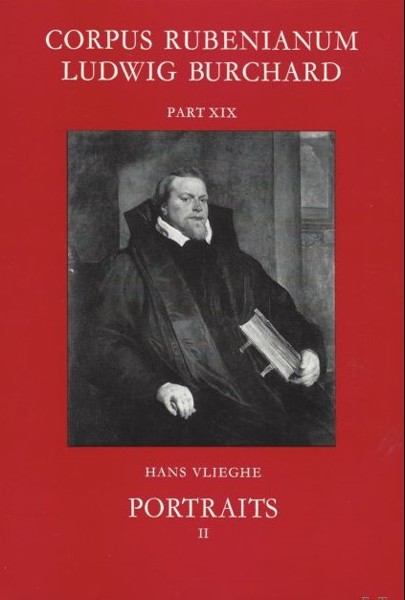
- Pages: 802 p.
- Size:175 x 260 mm
- Illustrations:158 b/w, 110 col., 1 tables b/w.
- Language(s):English
- Publication Year:2024
- € 275,00 EXCL. VAT RETAIL PRICE
- ISBN: 978-1-915487-27-8
- Hardback
- Available
"What Büttner has accomplished here is surely its own “heroic deed” as he charts an erudite and illuminating path through the vast terrain of scholarship on the Medici Series while engaging with both older and more recent scholarship. This addition to the on-going Corpus Rubenianum project not only offers a comprehensive resource on the Medici Series but also demonstrates the robust state of research pertaining to this monumental work of painterly imagination in the service of court politics." (Lisa Rosenthal, in Historians of Netherlandish Art Reviews, April 2025)
Nils Büttner is professor of art history at the State Academy of Art and Design in Stuttgart.
The decoration of the Luxembourg Palace galleries was the largest commission Rubens ever received. On Saturday 26 February 1622, the artist signed two contracts at the Louvre with the agreement ‘to make and paint with his own hand each and every one of the figures’ of the paintings which would decorate the two parallel galleries of the palace that the Queen Mother, Maria de’ Medici (1573–1642), had begun to have built on the left bank of the Seine. According to the first contract, the western gallery was now ready and Rubens ‘will be bound and obliged to design and to paint with his own hand twenty-four paintings depicting the history of the very illustrious life and heroic exploits’ of the Queen Mother, conforming to an incomplete memoir, of which he had received a copy. Rubens arrived in Paris to put the final touches to the finished canvases celebrating the life of Maria de’ Medici at the beginning of February 1625. But at this time the eastern gallery, planned to display the ‘battles… and triumphs’ of King Henri IV (1553–1610), Maria’s late husband, was still under construction. The Henri IV Gallery was to be an unfinished masterpiece: after a temporary suspension of the work in 1630, the project was definitively abandoned in 1631. Alexis Merle du Bourg’s in-depth study of the Henri IV Series was published as Part XIV.2 of the Corpus Rubenianum Ludwig Burchard in 2017. The present volume charts the earlier part of the Medici commission, which happily survives, splendidly completed. It presents Maria in her relationship with Henri, her public role after her husband’s death and, not least, her difficulties and then reconciliation with Louis XIII, her son. Here Rubens invoked the gods of ancient myth and a whole company of personified abstractions to help mask problematic episodes, dignify banal events and create a glorious commemoration of the life and aims of the Queen Mother.
VOLUME ONE
Author's Preface
Introduction: The Medici Series
I. Rubens's 'Greatest' Work
II. Maria de' Medici
III. Chronology of a Commission
IV. Allegorical Subjects – 'Mystic Figures'
V. Personality Cult, Praise, and Criticism
VI. Invisible Hands
VII. Spatial Effects and Courtly Reality
VIII. The Critical Fortunes of the Gallery
Catalogue Raisonné
VOLUME TWO
Appendices
List of Figures
Figures
Bibliography
Indexes
I. Collections
II. Subjects
III. Other Works by Rubens Mentioned in the Text
IV. Names and Places
Sources of Photographs
